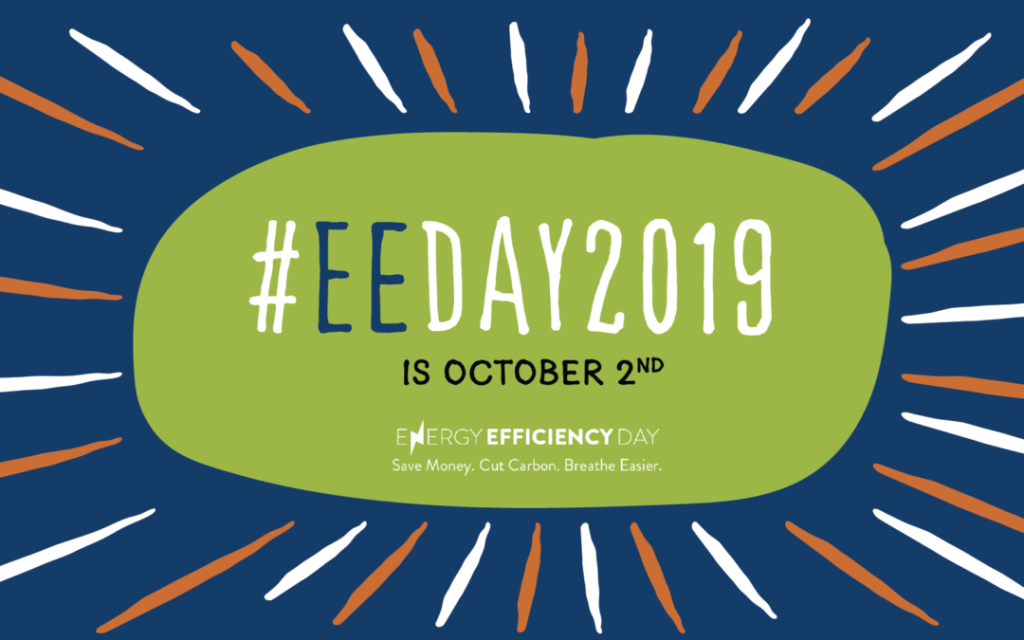ESG Insights
OSCRE Webinar Recap
Are you ready for new ESG regulatory requirements and increasing investor demands? OSCRE Innovation Forum’s recent webinar, Constructing an ESG Framework for the Future, provided expert insight into this critical initiative. Moderated by Lisa Stanley, CEO at OSCRE, the panelists were Dan Winters, Head of Americas at GRESB, The Global ESG Benchmark, Naseem Wenzel, Strategy […]











